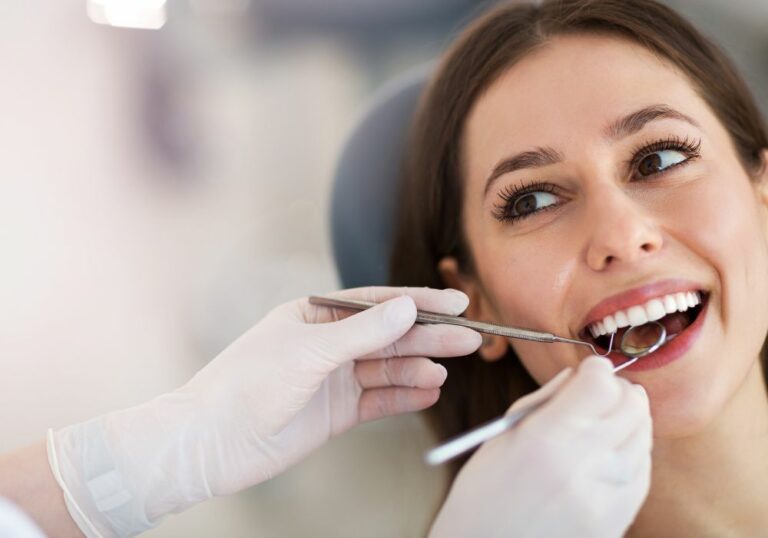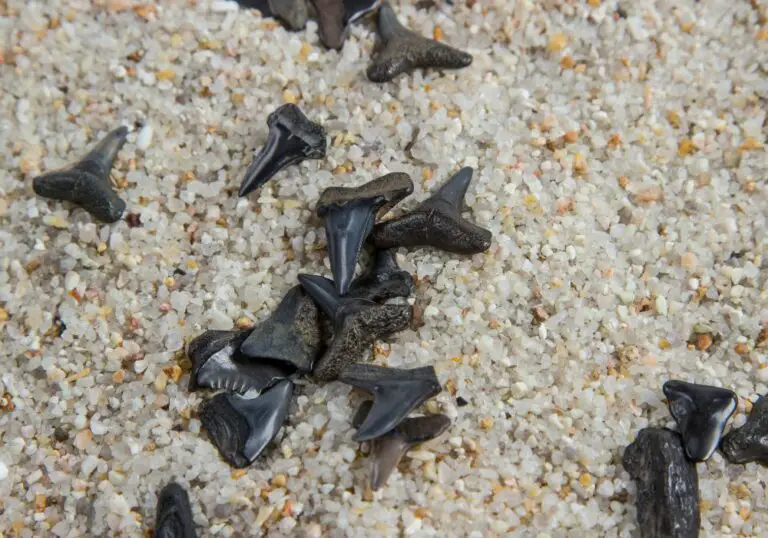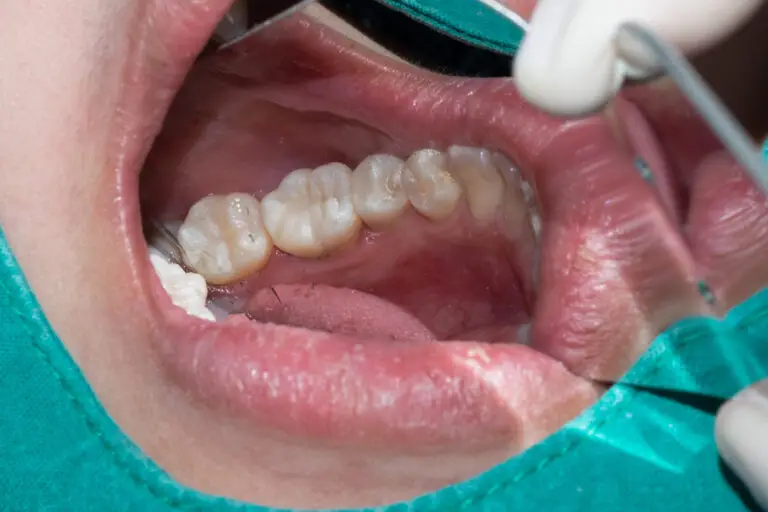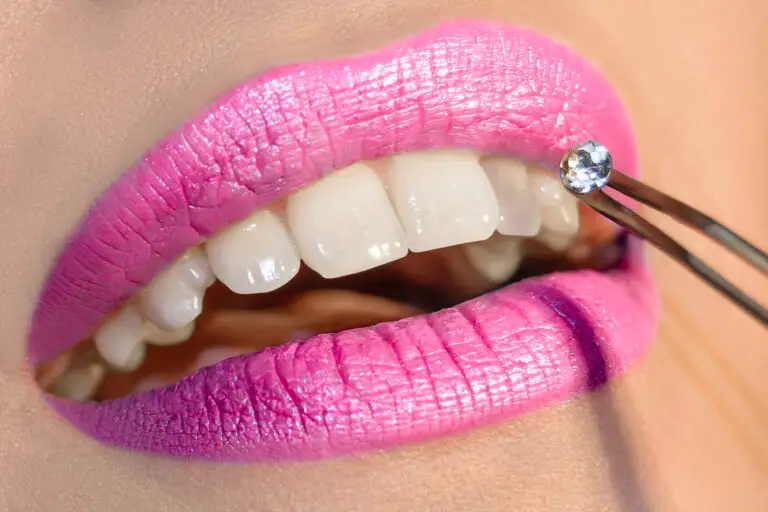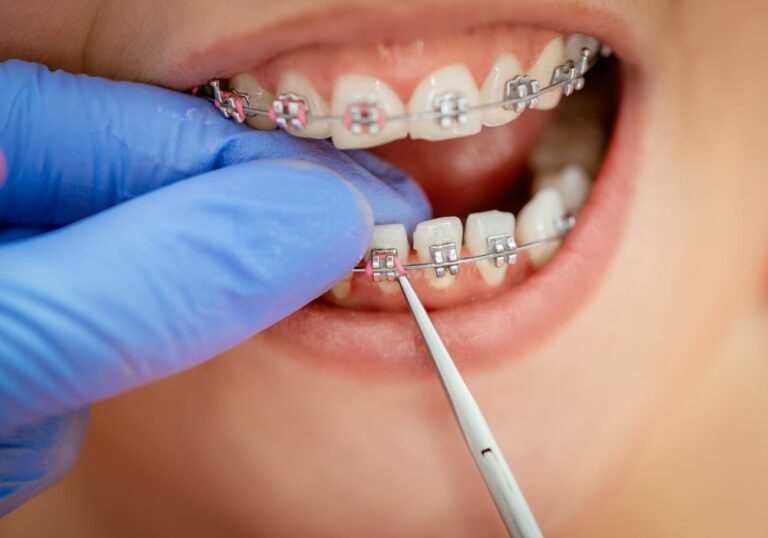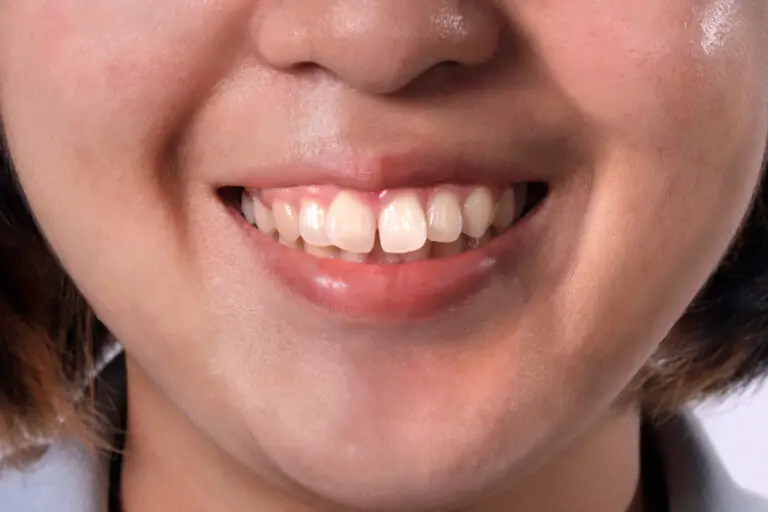If you want to noticeably brighten up your smile in a hurry, one of the fastest and most effective options is to go to a dentist for a professional cleaning treatment. However, these can be expensive, so you’ll want to do everything you can to guarantee the best results.
Part of this involves knowing what you can and can’t eat after whitening and when – and to help you understand all the details, in this post, we answer the question, how long after my teeth whitening can I eat normally?
If you want a preview of some of the things we’re going to be talking about, you can also check out this video before reading on.
What does professional teeth whitening entail?
Before we talk about what you can eat and when after undergoing a professional teeth whitening treatment, let’s start by saying a few words about what this procedure entails.
Professional teeth whitening is carried out by qualified dentists, and due to their extensive training, they are able to use cleaning agents that contain up to 38% hydrogen peroxide.
This is much higher than anything found in over-the-counter treatments, making professional cleaning a much faster and more effective option.
Furthermore, dentists couple this with the use of special light treatments that also help whiten your teeth, giving you instantly noticeable results.
Usually, one session lasts around 90 minutes, and for many people, one visit is all it takes to achieve the desired effect.
However, for those with particularly stained or discolored teeth, two or more treatments may be required.
What can you eat for the first day after the treatment?
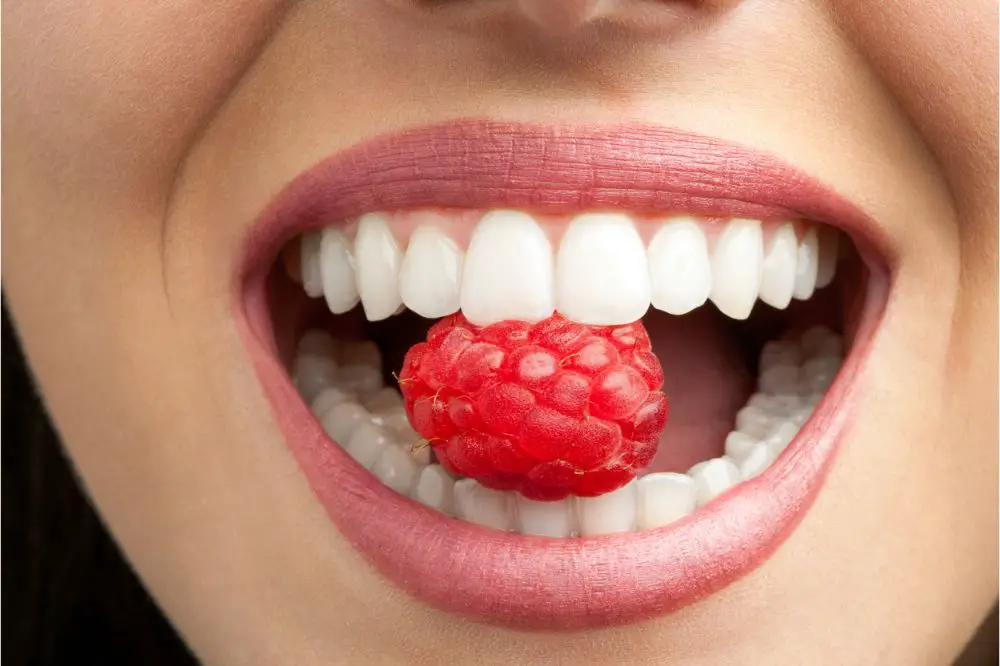
After a professional whitening treatment, the first 24 hours are the most important, and during this period, there are certain foods that you should avoid.
In general, this includes all the foods and drinks that you would normally associate with staining, and if you eat them straight after your treatment, you risk undoing all the good work.
However, there are also a few things to avoid that you might not think of, so now let’s look at the list.
-
Dark-colored liquids
Many of the worst things for staining teeth in the first place are dark-colored liquids, and these are at the top of the list of things to avoid in the 24 hours after your whitening treatment too. They include things like tea, coffee, red wine and tomato juice.
-
Acidic foods and drinks
Acidic foods and drinks can damage your teeth while they are in a weakened state and should be avoided. This includes sodas and fruit juices as well as fruits like oranges. You should also avoid drinking any kind of alcohol after your treatment.
-
Foods with strong or artificial colors
Any foods with strong colorings, either natural or artificial, should be avoided since they can easily re-stain your teeth. This includes sauces such as soy and ketchup, curry, beef and chocolate.
-
Sugary foods
Bacteria love sugar, so eating sugary foods after a whitening treatment is inadvisable because bacteria can cause irritation and staining. This means things like candy, ice cream, cookies and cakes are all off the menu.
If in doubt, you can apply the “white shirt test” to any food to see if it’s suitable for you to eat. If a food would cause a hard-to-remove stain if you got it on your white shirt, it will also potentially stain your teeth – so it’s best not to consume it, just to be safe.
When can you eat normally after Teeth Whitening?
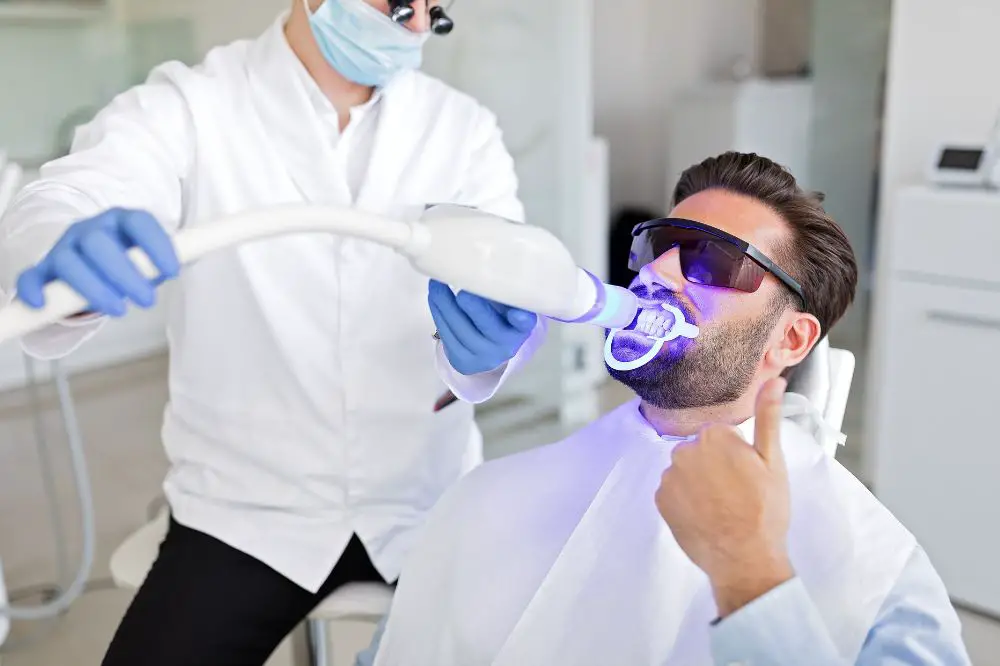
After the first 24 hours or so, you can begin to eat normally again, although some people may prefer to wait for up to 72 hours, just to be sure.
At the same time, just because you’ve reached the end of the first 24 hours, it doesn’t mean you should start guzzling as much red wine and coffee and scoffing as much chocolate and curry as you can get in your mouth.
Rather, enjoy some of your favorite potentially staining foods in moderation and don’t overdo it at least for a few more days.
How can you keep your teeth bright and clean after whitening?
After whitening, there are a few things to do to ensure the effect lasts as long as possible before you need to book an appointment with your dentist for another whitening session.
Here are some ideas.
-
Avoid or cut down on staining foods and drinks
Even after the 24-72-hour period has passed, you can still try to avoid staining foods and drinks as much as possible as part of your lifestyle to help keep your teeth in the best possible condition.
This means consuming coffee in moderation – or drinking it with milk instead of just black – can help. Similarly, limiting your intake of red wine can also help keep your teeth stain-free.
-
Wash your mouth or clean your teeth after consuming staining foods or drinks
Of course, you might not want to give up all your favorite foods and drinks completely, so after consuming anything that is likely to cause stains, you can minimize the risk by washing your mouth out with plain water.
This will remove most of the residue from your teeth, reducing the amount of staining that takes place.
Even better is to brush your teeth after each time you eat something that might stain your teeth or perhaps just after every meal. That way, you will reduce the chances of your teeth being stained even more.
-
Fellow proper dental hygiene best practices
Always follow dental hygiene best practices, which includes brushing at least twice a day, flossing and visiting a dental hygienist once a year for dental cleaning.
Dental cleaning especially is important since the hygienist will remove plaque and tartar build-ups from your teeth. Tartar in particular can stain easily, making your teeth look dirty and unpleasant.
-
Give up smoking
Smoking tobacco is one of the worst things you can do if you hope to keep your teeth white and shiny – so if you are a smoker, consider your priorities and think about giving up your habit to preserve the condition of your teeth.
What are some alternatives to professional whitening?
Other than professional cleaning, you also have some other over-the-counter options for whitening your teeth, so let’s have a look at some of these now along with how they might affect what you can eat.
-
Whitening strips
Whitening strips are an affordable way to whiten your teeth. They consist of strips containing hydrogen peroxide that you cut out and place over your teeth. You then leave them there for about 10 minutes to act before removing them and washing your mouth.
You then repeat the treatment twice a day for up to a month to achieve the desired results.
With this kind of treatment, you can eat anything you like. However, by avoiding or minimizing the kinds of foods and drinks that cause stains at least for the duration of the treatment, you can speed up the whitening effect and achieve better results.
-
Whitening trays
Whitening trays are similar in concept to whitening strips but are based on clear molds filled with a special gel that includes hydrogen peroxide that you place over your teeth.
You leave the tray in place for a couple of hours – according to the directions on the product you buy – and then remove it. After that, you discard the tray and use a new one the next day.
Since trays are clear, you can wear them during the day, and they are barely noticeable – some even allow you to continue to eat and drink as usual, so you can essentially put them in and forget about them.
However, as with strips, while you can continue to eat and drink anything you like, if you avoid the kinds of foods that can stain your teeth for the duration of the treatment, you will achieve better results in a shorter time.
-
Whitening toothpaste
Finally, there is whitening toothpaste, and it comes in two types.
Most whitening toothpastes contain abrasive particles that scrape and scratch stains from your teeth. However, some contain hydrogen peroxide and remove the stains in the same way as trays or strips.
With any whitening toothpaste product you buy, you should always read the instructions carefully and do as they say.
As with strips and trays, although you are free to eat or drink anything you like, for the best results, it’s a better idea to give up the kinds of foods and drinks that can stain your teeth until you have finished the treatment.
Avoid staining foods and drinks for as long as you can
As we’ve seen, after a teeth whitening treatment with your dentist, you should avoid the kinds of foods and drinks that might stain your teeth for at least the first 24 hours or longer to ensure your teeth don’t stain again.
However, following your whitening treatment, you might also decide to cut down on these foods as part of a lifestyle change to try to keep your teeth looking shiny and white for as long as possible.

